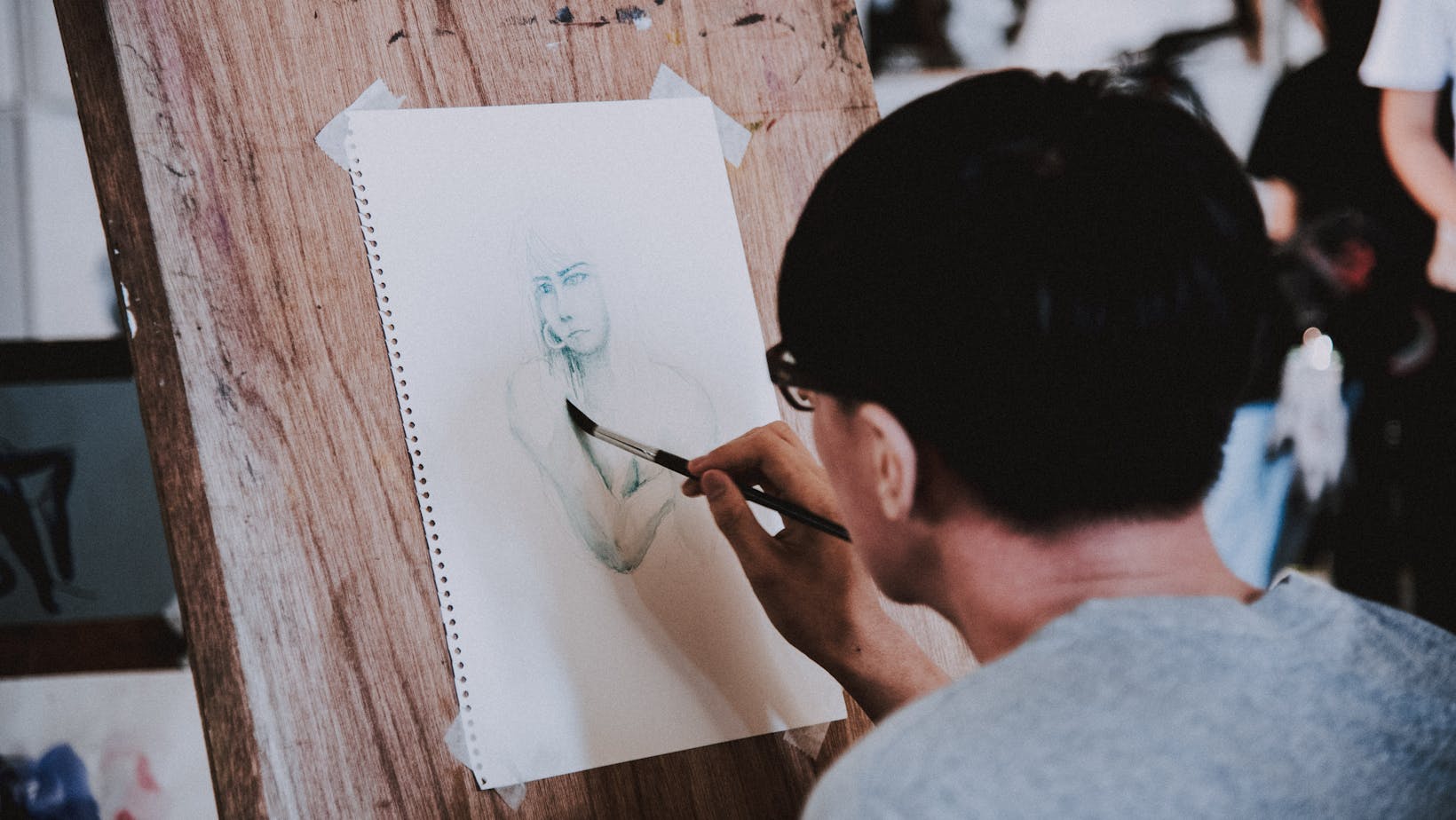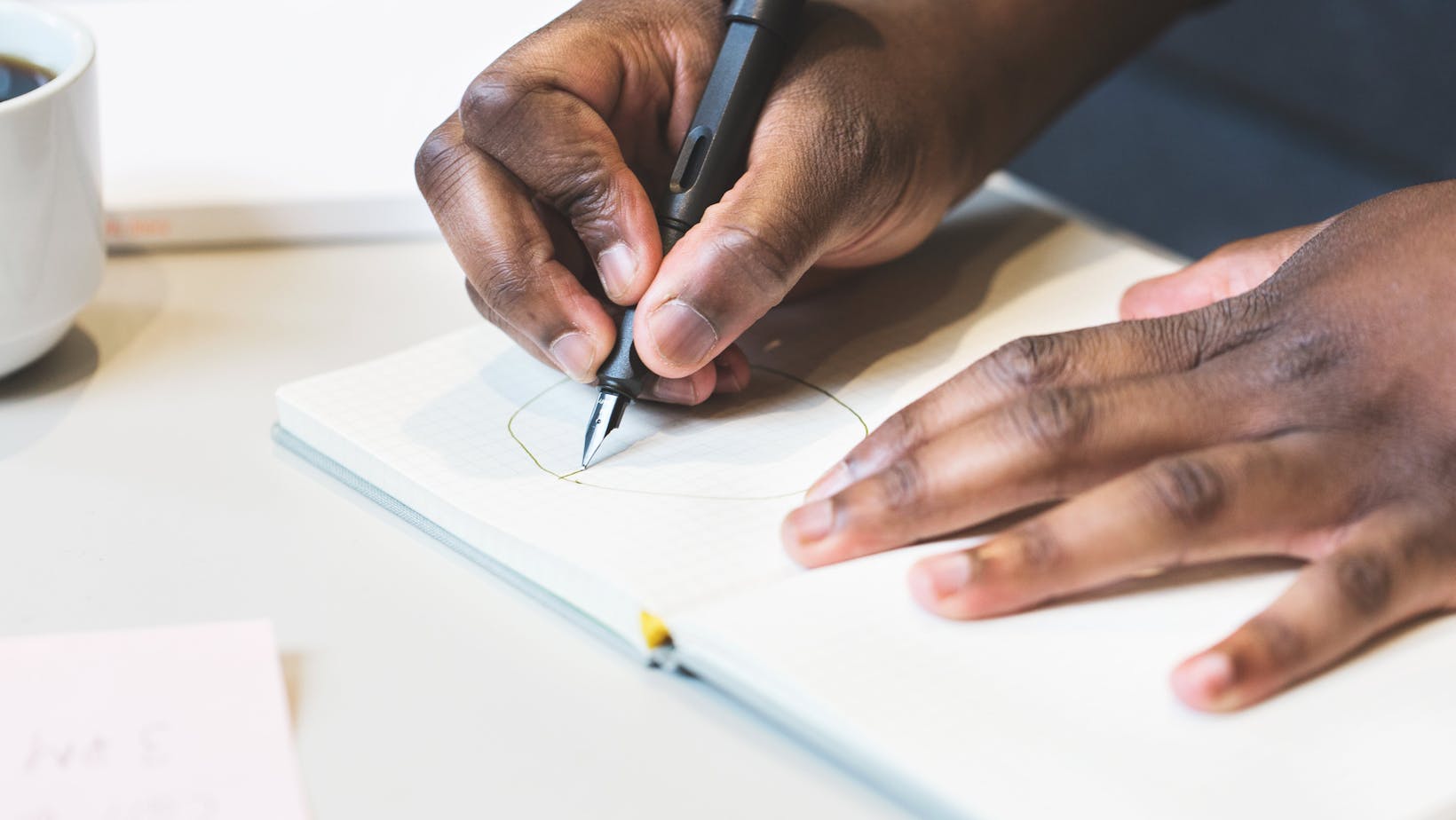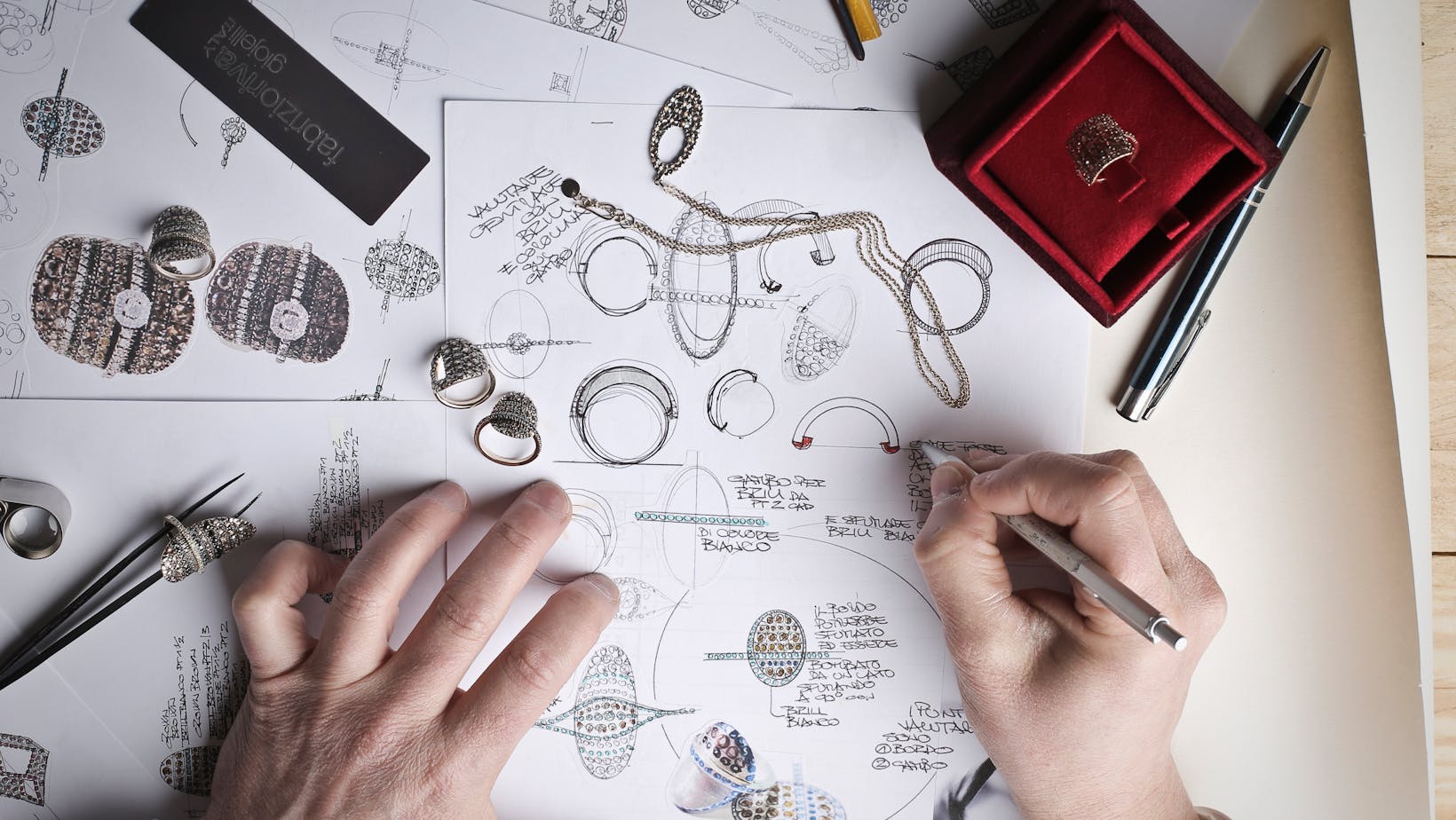Ever found yourself staring blankly at a sheet of paper, pencil in hand, but devoid of inspiration? You’re not alone. Everyone, from novice doodlers to seasoned artists, can hit a creative block. It’s like searching for the perfect rhyme in a poem—sometimes the words just don’t come. This article aims to spark your imagination, offering an array of drawing ideas to ignite that dormant artistic flame..
Beginner:gbekdeojnke= Drawing Ideas
 Delving into the realm of drawing ideas paves the way for endless possibilities. As you switch between different techniques and perspectives, each stroke on the canvas can transform into a new expression, allowing your imagination to flourish in unexpected ways.
Delving into the realm of drawing ideas paves the way for endless possibilities. As you switch between different techniques and perspectives, each stroke on the canvas can transform into a new expression, allowing your imagination to flourish in unexpected ways.
Stimulation of imagination acts as fuel for artistic endeavors. Artists who actively nurture their creativity maintain a heightened state of innovation, which lends to powerful, evocative works of art. Take the examples of famous artists like Pablo Picasso or Salvador Dali. Their ability to consistently stimulate their creativity resulted in their legendary status in the art world. In other words, the more creative burst an artist has, the more fascinating, diverse, and layered their artworks can become.
Different Styles and Techniques
Realism and Its Techniques
Realism stands as a drawing style centering on creating artworks that closely resemble real-life objects, landscapes, or people. It emphasizes accuracy and detail – capturing shapes, colors, textures, and lighting just as they appear in nature. Artists pursuing realism utilize techniques like perspective drawing. That involves creating depth and three-dimensionality on a flat surface. It’s achieved by rendering objects smaller as they recede into the distance, mimicking the way human eyes perceive reality.
Further, shading , another realism technique, adds depth and dimension by varying tones to imply shadows and highlights. Think of an apple: when shaded correctly, it transforms from a simple outline into a realistic, three-dimensional object.
Experimenting With Abstract and Expressionism
 On the flip side, abstract and expressionism lean away from depicting reality. Abstract art doesn’t try to represent an accurate depiction of visual reality. Instead, it leverages shapes, colors, and forms to achieve its effect. Jackson Pollock, an abstract artist, created artworks that conveyed feelings or emotions rather than specific objects or scenes.
On the flip side, abstract and expressionism lean away from depicting reality. Abstract art doesn’t try to represent an accurate depiction of visual reality. Instead, it leverages shapes, colors, and forms to achieve its effect. Jackson Pollock, an abstract artist, created artworks that conveyed feelings or emotions rather than specific objects or scenes.
Similarly, expressionism seeks to express emotional experience rather than physical reality. Emotional experience takes precedence over perceptions derived from the natural world. Expressionist artists typically distort reality for emotional effect–they want to evoke moods or ideas. For instance, Edvard Munch’s well-known painting “The Scream” is a prime example of expressionism.
Inspiration for Your Next Artwork
Nature provides a boundless source of inspiration and serves as the artist’s muse. It’s rich in textures, patterns, colors, and forms that blindfold the limits of creativity. An artist finds solace in replicating every minute detail of a blooming flower, the complex patterns of a butterfly wing, or the different shades of a sunset sky. The only tool they need? A trusty sketchbook and keen observation. Drawing from nature doesn’t merely involve the simple mimicry of visuals but also the ability to awaken emotions associated with these natural elements.
 Urban Sketching generates a unique challenge for artists by urging them to capture the dynamism and essence of city life. Cityscapes comprise a variety of elements – from towering skyscrapers clad in shimmering glass, historical monuments bearing the weight of centuries, bustling marketplaces swirling with colors, to quiet alleys whispering untold stories. Urban sketching provokes artists to depict these contrasting aspects of city life. As different from drawing tranquil landscapes or still life, here, artists race against time, sketching rapidly changing scenes with passerby, moving cars, or changing lights.
Urban Sketching generates a unique challenge for artists by urging them to capture the dynamism and essence of city life. Cityscapes comprise a variety of elements – from towering skyscrapers clad in shimmering glass, historical monuments bearing the weight of centuries, bustling marketplaces swirling with colors, to quiet alleys whispering untold stories. Urban sketching provokes artists to depict these contrasting aspects of city life. As different from drawing tranquil landscapes or still life, here, artists race against time, sketching rapidly changing scenes with passerby, moving cars, or changing lights.
Artistic Inspiration
Embracing creative blocks and turning them into a source of inspiration is key to nurturing an artist’s creativity. With tools as simple as a sketchbook and pencil, artists can explore various styles like realism, abstract art, and expressionism. It’s all about finding what resonates with them. Drawing inspiration from nature, they can capture its essence in detail, while urban sketching allows them to depict the dynamism of city life.


